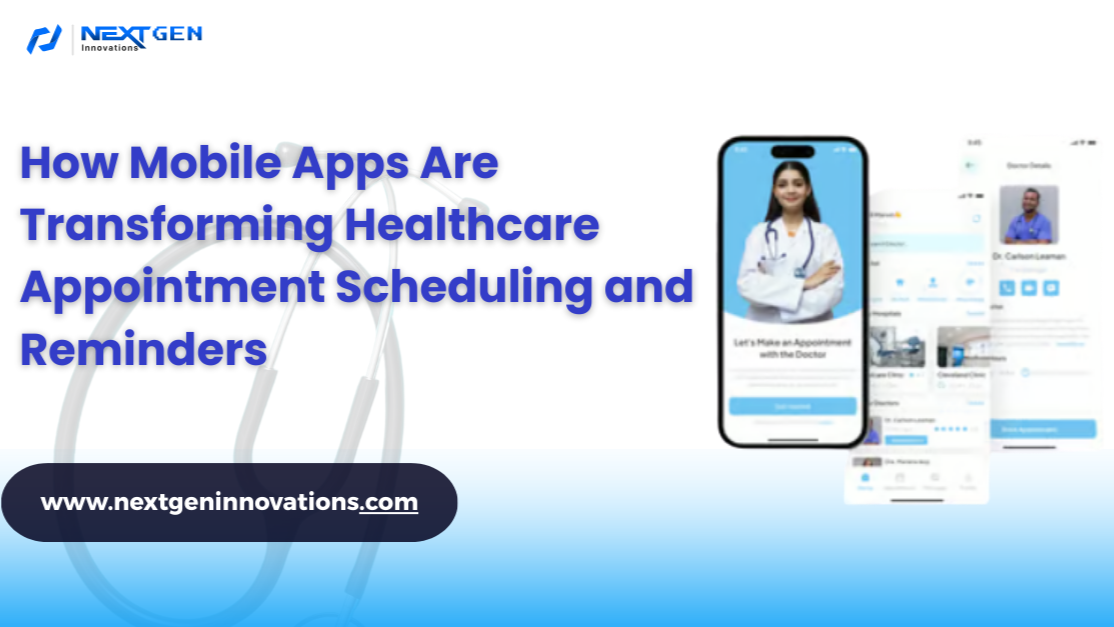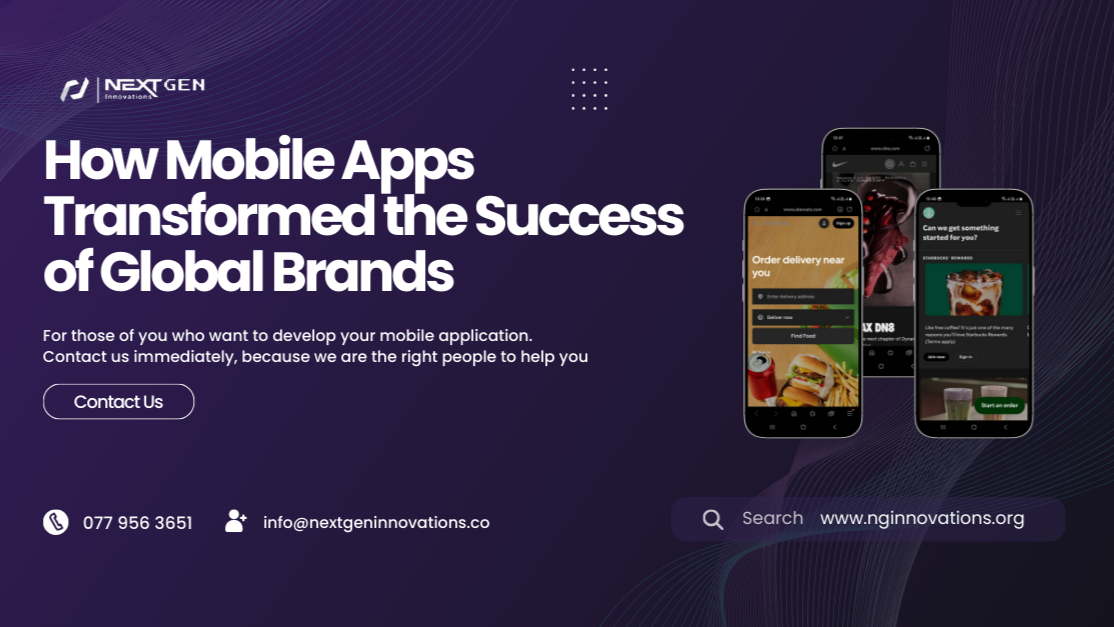UI/UX Design
2 min Read . 5 May 2025
Why Good UI/UX Is Critical in 2025

Wathsala Suriyanpola

As of 2025, the success of any digital product or business is largely dependent on UI/UX (User Interface and User Experience). There is more competition than ever in the digital world, and user expectations have changed significantly. Here’s why making an investment in quality UI/UX is not only crucial, but also necessary for expansion and survival.
Evolving User Expectations and Behaviors
From smartphone apps to smart devices, people today engage with dozens of digital interfaces on a daily basis. They are less tolerant than ever of bad design. Modern consumers anticipate smooth, user-friendly, and customized digital experiences. Customers will easily move to a competitor’s product if a product doesn’t meet their needs. Since then, UI/UX has evolved from a “nice-to-have” to a crucial differentiator for businesses.
UI/UX: Beyond Aesthetics to Business Strategy
By 2025, UI/UX is about more than just aesthetics. It involves foreseeing user requirements, lowering obstacles, and empowering users to accomplish their objectives with ease. Conversion rates can be doubled by a well-designed interface, and businesses that invest in UX frequently get returns of more than 100:1. On the other hand, a bad user experience discourages users and has a direct effect on sales.
First Impressions Matter: Within 50 milliseconds, users can create views about a digital product. Almost 88% of customers indicate that after a bad encounter, they won’t go back.
Retention and Loyalty: 90% of smartphone users will continue to shop if their experience is positive, and 74% of visitors are more inclined to return to a website with good mobile user experience.
Revenue Impact: Businesses that put a high priority on user-centric design enjoy notable gains in client acquisition, retention, and total revenue.
The Expanding Digital Ecosystem
The scope of UI/UX has greatly extended beyond apps and websites. Automotive dashboards, smart houses, wearable technology, voice assistants, AR/VR, and even digital signage in public spaces are all examples of digital experiences in 2025. These settings provide different difficulties that call for designers to be clear, contextual, and flexible.
Omnichannel Consistency: Whether it’s a voice-activated gadget, an AR headset, or a smartwatch, brands need to provide consistent experiences across all touchpoints.
Personalization and AI: Cutting-edge technologies like AI and machine learning allow interfaces to predict user demands, make real-time adjustments, and provide highly customized experiences.
Data-Driven and Human-Centered Design
The most effective UI/UX tactics for 2025 are motivated by psychology, empathy, and statistics. Designers develop interfaces that are accessible, inclusive, and emotionally intelligent by utilizing user input and behavioral data. This strategy guarantees that digital goods satisfy both practical requirements and human demands.
In 2025, good UI/UX is the foundation of digital success. It directly affects user satisfaction, brand loyalty, and business profitability. As digital touchpoints multiply and user expectations rise, investing in thoughtful, adaptive, and human-centered UI/UX design is not just a trend—it’s a necessity for any organization aiming to thrive in the digital era.
Our Blog
Resources and insights
The latest industry news, interviews, technologies, and resources.

Mobile App Development
Agile Methodology for Mobile App Development
Agile’s flexibility and speed make it ideal for mobile apps—enabling faster releases, real-time feedback, and continuous improvement.

HealthTech & Mobile Solutions
How Mobile Apps Improve Healthcare Scheduling
Mobile apps are transforming healthcare by simplifying appointment bookings and reducing no-shows.

Digital Innovation & Mobile Trends
How Mobile Apps Transformed the Success of Global Brands
Discover how Nike, Starbucks, and Uber use mobile apps to boost sales, improve customer experience, and build loyalty.
